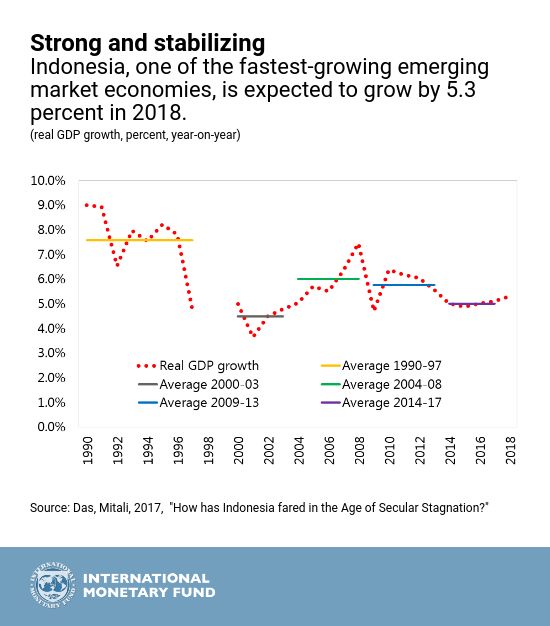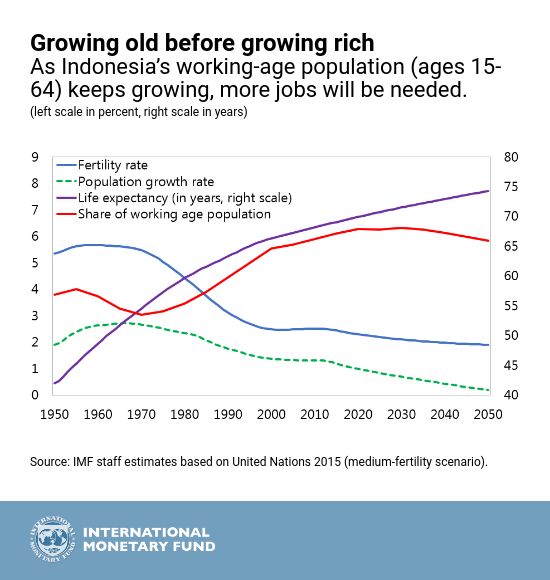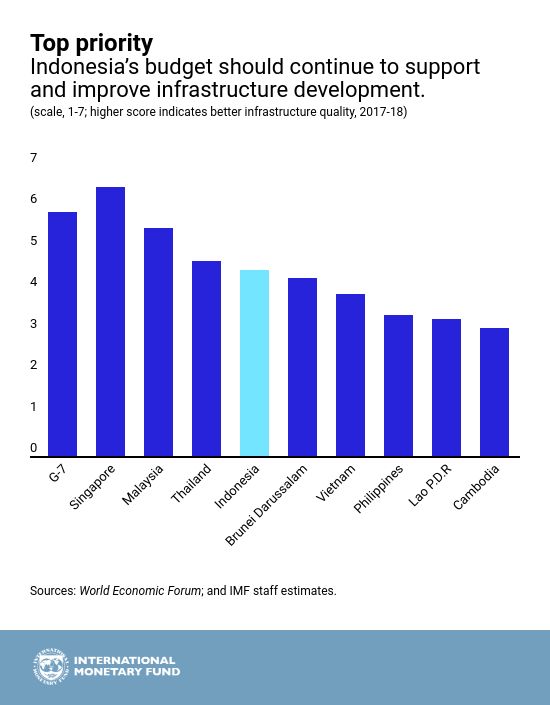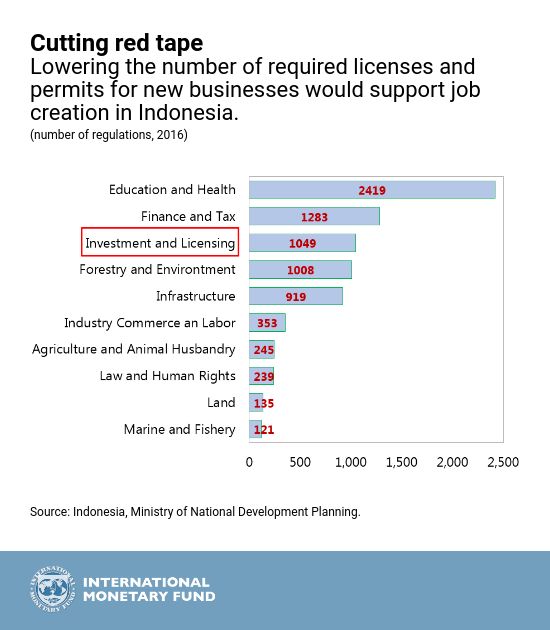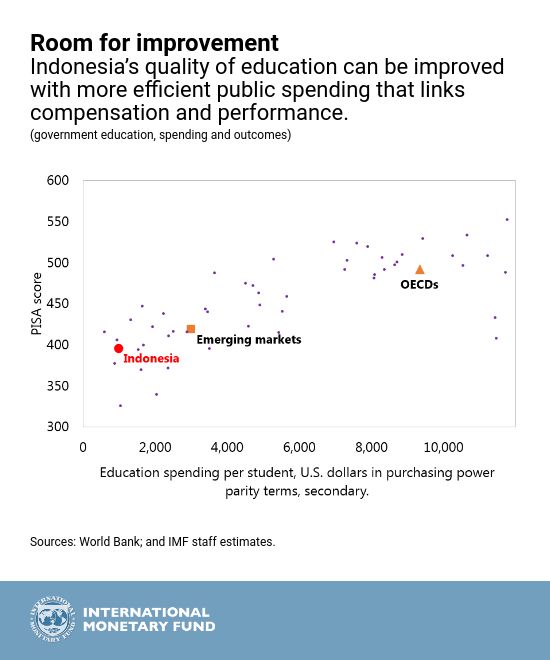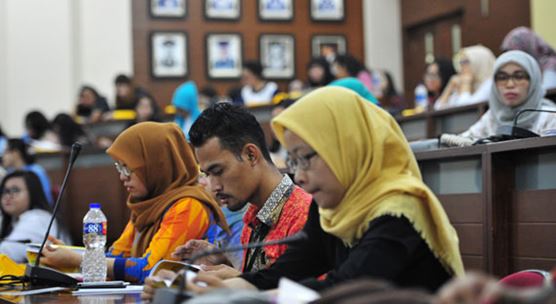
Creating Jobs for Indonesia's Youth: Five Charts That Matter
February 7, 2018
Indonesia continues to enjoy robust growth—projected at 5.3 percent for 2018—thanks in large part to a pickup in investment, as well as higher commodity prices, according to the IMF's latest assessment of the economy.
But with a young population (the median age is 28), Indonesia needs to take advantage of its young and growing workforce and step up reforms to boost growth and create more quality jobs.
The following five charts show why the IMF suggests the need for reforms in this area.
-
Indonesia’s economic growth remains strong, although somewhat lower than before. Indonesia remains one of the fastest-growing emerging market economies, with growth stabilizing at around 5 percent since 2014—about 0.7 percentage points lower than in the previous decade. The decline in growth in recent years can be attributed to a slowdown in fixed investment, such as machinery and equipment, and exports.
-
However, as the share of the working-age population (ages 15-64) keeps growing, more jobs will be needed. Indonesia—the fourth most populous country in the world—is undergoing a demographic transition. Its working-age population is projected to continue to increase as a share of total population until 2030. This young and growing workforce will need quality jobs. That is why now is the time to implement structural reforms to step up growth—so that the country can grow prosperous by reaping its demographic dividend before it grows old.
-
Indonesia should continue to prioritize infrastructure development. The government has embarked on an ambitious infrastructure development plan that includes 247 national strategic projects with a total cost of 32 percent of GDP. The plan aims to improve logistics, power generation, water and sanitation, and oil refineries. Public spending on infrastructure—supported by tax revenues—should continue to ensure the plan’s success. Infrastructure development would also spur private investment and raise potential growth, which would result in faster job creation and more employment opportunities for the young labor force.
-
Further reducing administrative hurdles to economic activity, such as multiple required licenses and permits, would support job creation. Reducing state control and entry barriers, particularly in the power and transport sectors, as well as lowering trade and foreign direct investment restrictions can help boost competitiveness and export growth. Emphasis should be given to improving coordination among different ministries and local governments to avoid conflicting regulations.
-
Improving education quality and easing labor regulations will be critical in providing young people with good job opportunities. Enhancing the quality of education requires improving the efficiency of spending by strengthening the link between compensation and performance in the education sector. Savings from these measures and additional resources could go towards providing more access to quality education, especially in rural areas. Streamlining stringent job protection, including dismissal procedures and severance payments, while improving vocational training and job placement services, would promote youth employment and reduce the use of short-term contracts.








